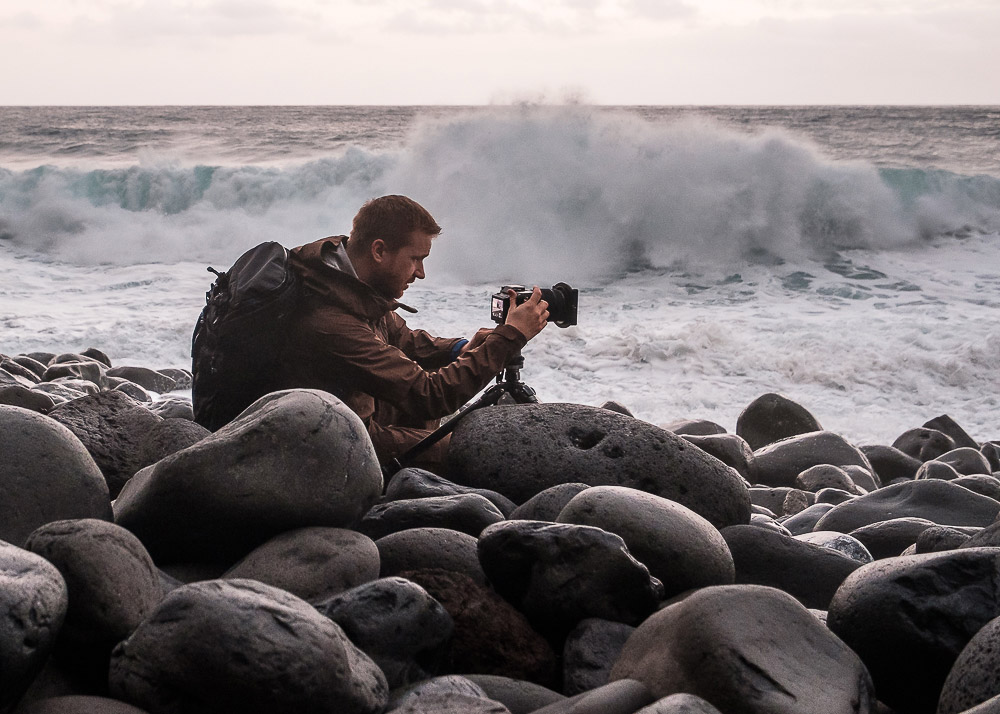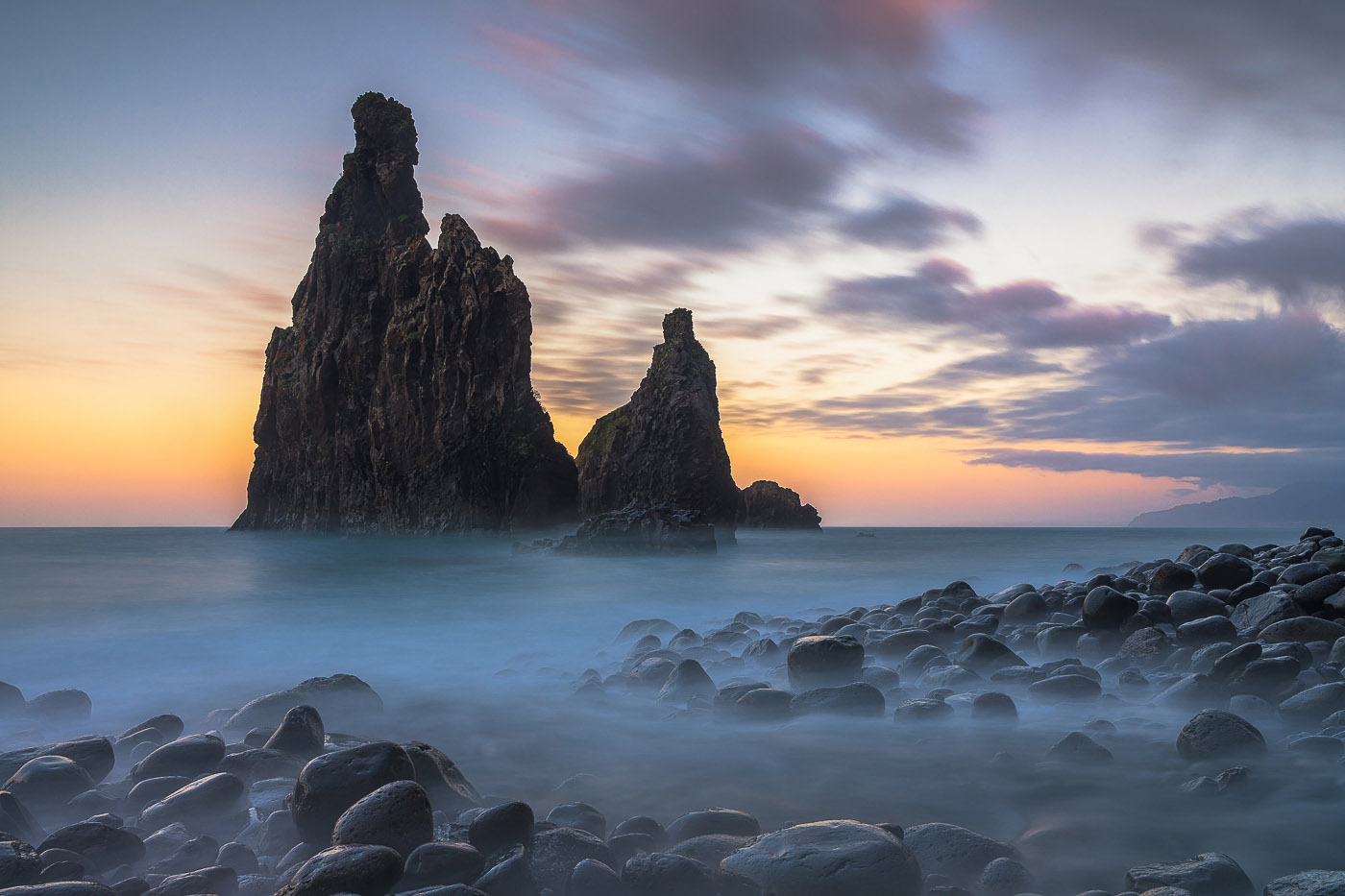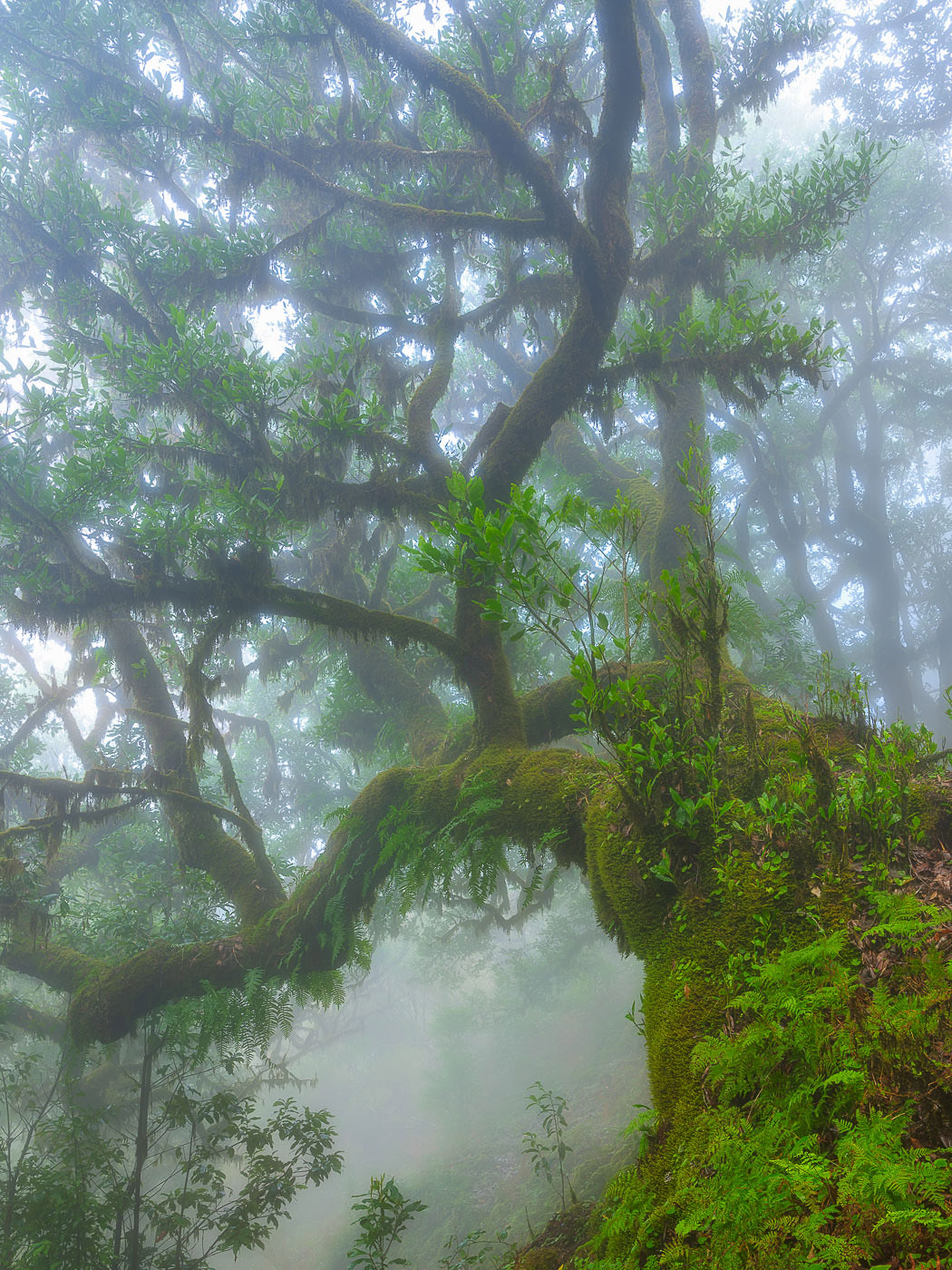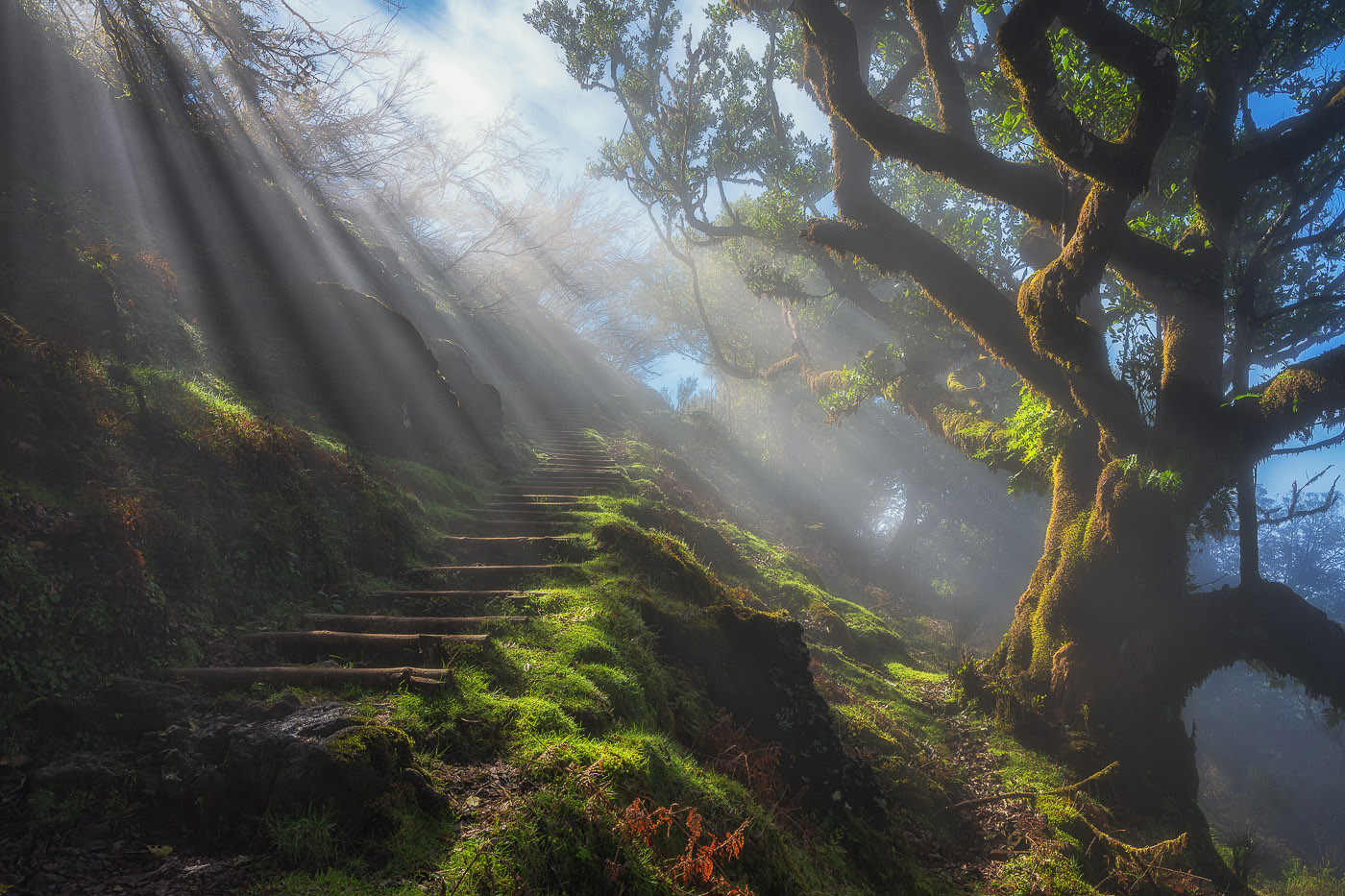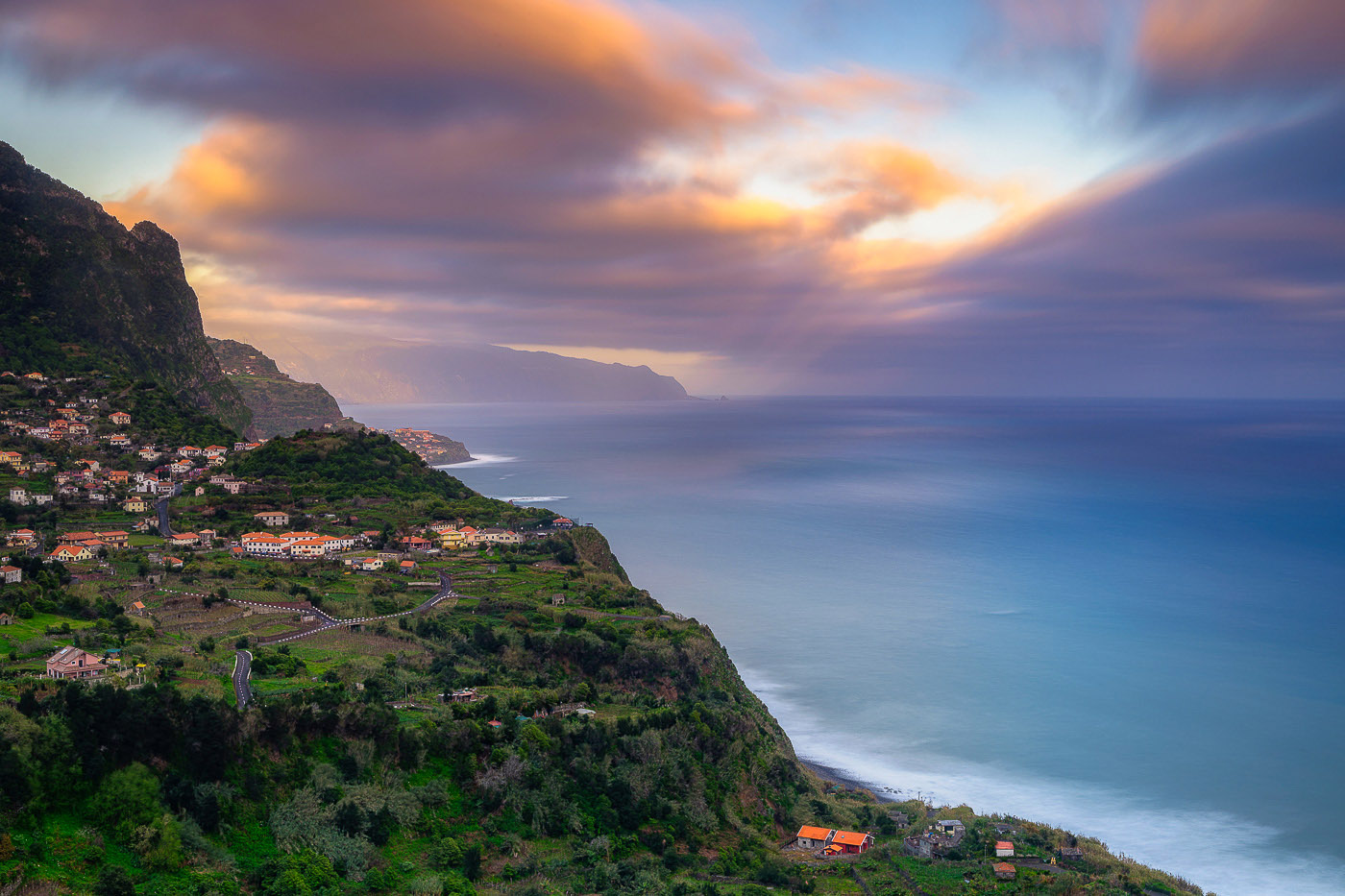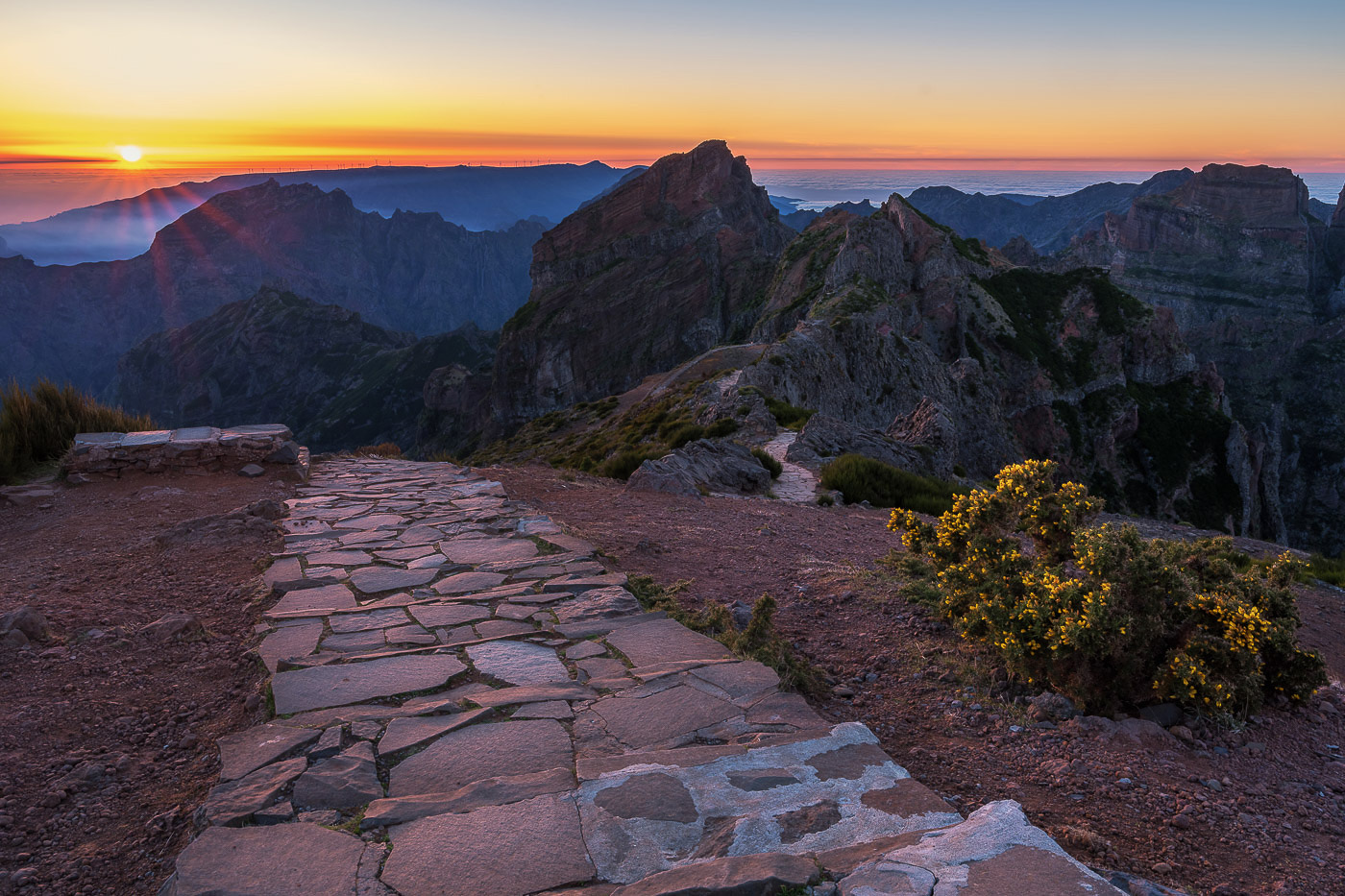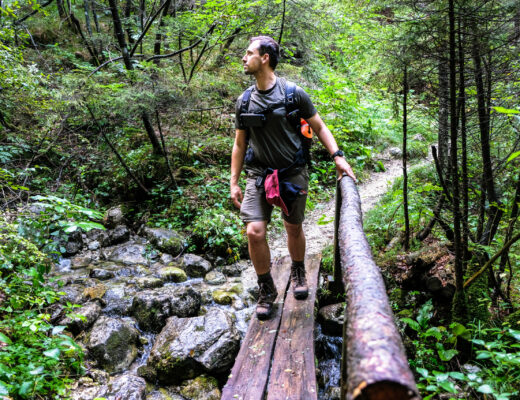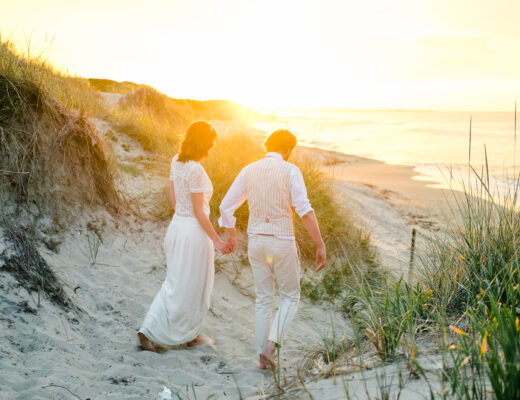I am a Fujifilm X-Photographer from Switzerland. As an avid landscape photographer, I love landscapes in atmospheric light. It fascinates me to catch such unique moments in pictures. I see the camera as a tool which optimally supports the creative photographic process.
My interest in a medium format camera was present already when I still had Nikon FX cameras. Only, until now it was unfortunately either scarcely affordable or the well-known manufacturers of such cameras had no model which was really quite compact and light and particularly suitable for outdoor photography in any weather. With the announcement of a new medium format camera from Fujifilm last year, it was like a dream come true for me. Even though I am enthusiastic about the Fujifilm X series cameras, it was clear to me from the start that I would like to use this new medium format camera for my landscape photography. I received my new work tool at the end of February. Only two days later, I traveled to Madeira for 5 days to gain some experience with it.
After 5 days on the green island of Madeira with this new medium format Fujifilm GFX 50s, I can now report on my experiences and show you some pictures. Even though the island is not very large, my 5 days there allowed barely enough time to reach the places I wanted to shoot. I was able to implement some of my plans, but the weather was sometimes different from what I wished for. But, this too belongs to landscape photography. At first I was on the north side, where it was often cloudy and it rained a little, which was not conducive to capturing sunrises. That first morning, the waves were very unpredictable – and I dared to get closer and closer to the water to get as good a dynamic shot as possible. And then – I was caught by a wave! I was more concerned about my completely soaked clothes and shoes than the camera – as I had the greatest confidence that it would be undamaged and remain dry, unlike me. In these situations, it is very advantageous that both the camera and the bayonet connection, including the lens, is sealed.
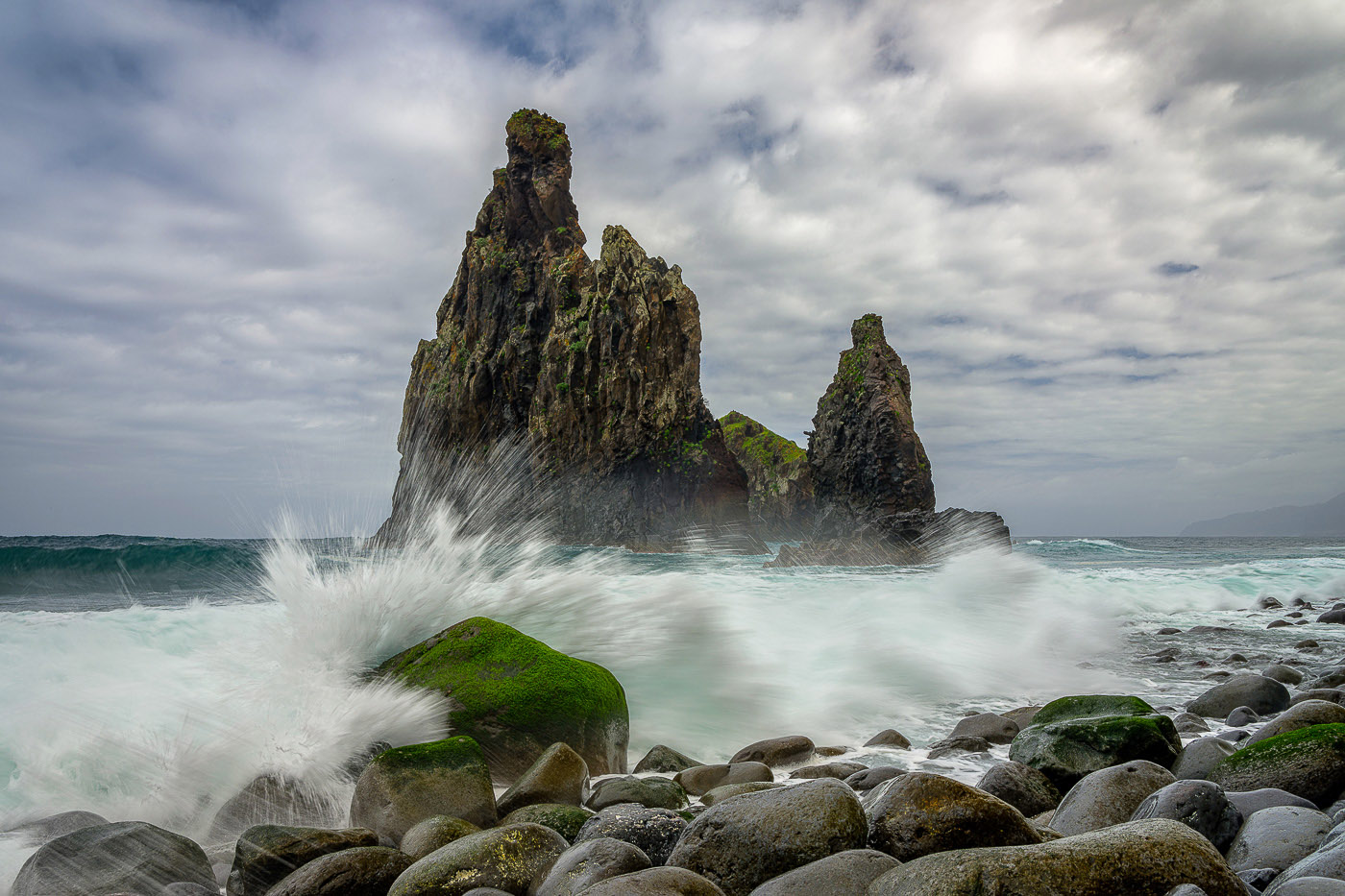
Ilheus da Janela:
This little island is called Ribeiro da Jenala and is on the north coast of Madeira.
So I experienced the Fujifilm GFX 50S
For me, a Fujifilm camera is no longer new as I know the operation and features of the previous X series cameras very well. As the Fujifilm GFX has an operating concept close to this, I very quickly adjusted. All the control buttons are where I am used to them being. The camera has however, some other characteristics. The most important difference is the large medium format sensor. I was so curious to learn how it feels to work with such a large sensor. For example, there is a much smaller sharpening depth range than for a camera with an APS-C sensor. This means even more precise work, and the hyperfocal distance must always be carefully observed. Since there is currently no ultra wide-angle lens for this camera, I had the standard zoom lens 32-64mm f/4, which corresponds to 25-50mm. For me as a landscape photographer, a 25mm wide angle is fine, but the spectacular wide-angle dynamics have yet to be accomplished. For this I am looking forward to the upcoming Fujifilm GF 23mm (18mm).
What I particularly like about this camera is, of course, the fairly compact size and weight for a medium format camera (740g without EVF, battery etc.). Together with the battery and the aforementioned zoom lens it weighs approximately 1.5kg, and is no larger than the well-known DSLR’s in the professional arena. For outdoor use in landscape photography, I see quite extraordinary advantages, which include a completely sealed housing, the lenses are splash-proof and the bayonet connection is sealed! Based upon my experience as told in the beginning of this article, the weather sealing is very much worth it. It is also convenient to take the EVF (Electronic Viewfinder) off the camera to keep it more compact. I had the EVF in my bag, and could have easily put it on if I had required a very precise view through the viewfinder.
Another plus, which I have not had on any camera so far, is the in-camera exposure time – this can be adjusted manually if you are on “T” up to 60 minutes – which is brilliant for longer exposures! For most cameras, the longest time for exposure is 30 seconds. So I do not need to worry about external remote triggers. While in Madeira I used this function a few times and it was very much appreciated.
Otherwise, it would be necessary to set the time for the self-timer itself and thus not be reduced to the predefined times of 2 and 10 seconds.
Picture Format
4:3 sensor format (43.8 x 32.9mm) with 51.4 MP resolution
With the GFX, you can choose between different recording formats (3:2, 16:9, 1:1 etc.) The original format with RAW is 4:3. So I have changed from a previously used 3:2. Without prejudice, I wanted to use this native format directly for taking the images in Madeira. Of course, I have it in the back of my mind that there is still more than enough reserve in the image resolution for a 3:2 or other formatting. I found it interesting how it is possible to compose the pictures. Vertical shots are thus even more preferred I think. Shooting horizontally, it often happens the sky or foreground appears “pruned.”
The detail resolution of the pictures is simply stunning. If you also make prints from time to time, these details show nicely.
Dynamic range of the Fujifilm GFX 50s
In landscape photography, the dynamics capture of a camera is especially important. In shooting landscapes, you are almost always confronted with bright areas (sky) and dark areas (shadows in the foreground). The difference in light can be better handled by cameras with high aperture dynamics. Of course, gradient filters can also be used to compensate for camera limitations.
How does the Fujifilm GFX perform in this area? My practice experience shows that it performs at an extremely high level – and according to the unofficial measurement, it has even 2.2 more of aperture dynamic than the top model in this area (Nikon D810). Especially in the dark areas it has more picture information which can be obtained in processing. I do not show any test charts or sample pictures of this. Although I now know that I can recover (extremely) the dark areas of images produced by this camera, I still want the picture on the spot as balanced as possible. This makes extreme situations easier to manage.
Are there any weaknesses?
The development of this camera, from the very beginning, it was extremely important to build a tool for both the ambitious and professional photographer. The camera also transmits this idea when you work with it. But there is one detail which I noticed and I criticize: The battery compartment is not at the bottom, but at the left side of the camera. For landscape photographers, which usually use the L-Plate, this is problematic. You cannot open the battery compartment without having to move the L-angle. I’m curious about what the solution will be to work around this problem. But I know that Really Right Stuf and Kirk Photo work on it.
A camera for conscious photography
What was almost conscious to me even before Madeira, has also been proven true for the most part. And that is: If you work with this camera precisely and consciously, it brings together the highest image quality and the most fun. This also means a tripod is practically necessary. Shooting handheld produces blurred pictures, unless you have a sufficiently short shutter speed (1/100 sec as the minimum). The reason for this is the high resolution and the large sensor. In addition, if you want to work with aperture f/11 (equivalent to 35mm), you are already at aperture f/16. This means less light and a longer shutter speed. If you look at these basic rules, you have a precision tool with the highest possible fun factor at hand. The detail resolution of the pictures is simply stunning!
Why A Medium Format Camera for Landscape Photography?
A medium format camera has so far been aimed mostly at other categories of photography. Fujifilm has developed a camera with the GFX 50s, which is now launching into new domains such as landscape photography. In addition to the detail resolution – thanks to the sensor, as well as the amazing dynamics capture and the relatively small size and robustness of the camera, this application area is so well suited to it. The camera supports my specific landscape photography and my other photographic objectives perfectly. Thus, the Fujifilm GFX is the ideal tool for my future photography. It is a professional tool that delivers top results when used correctly.

